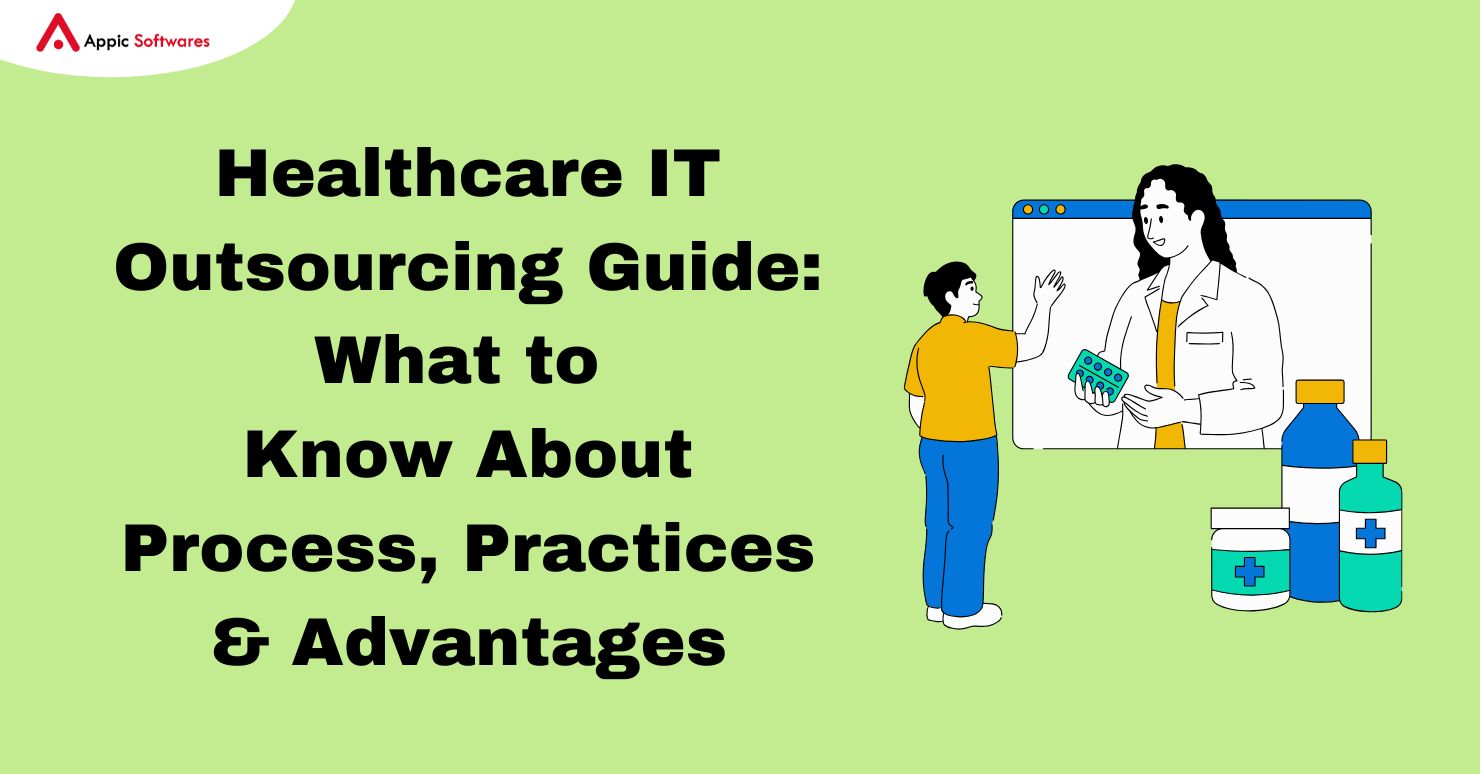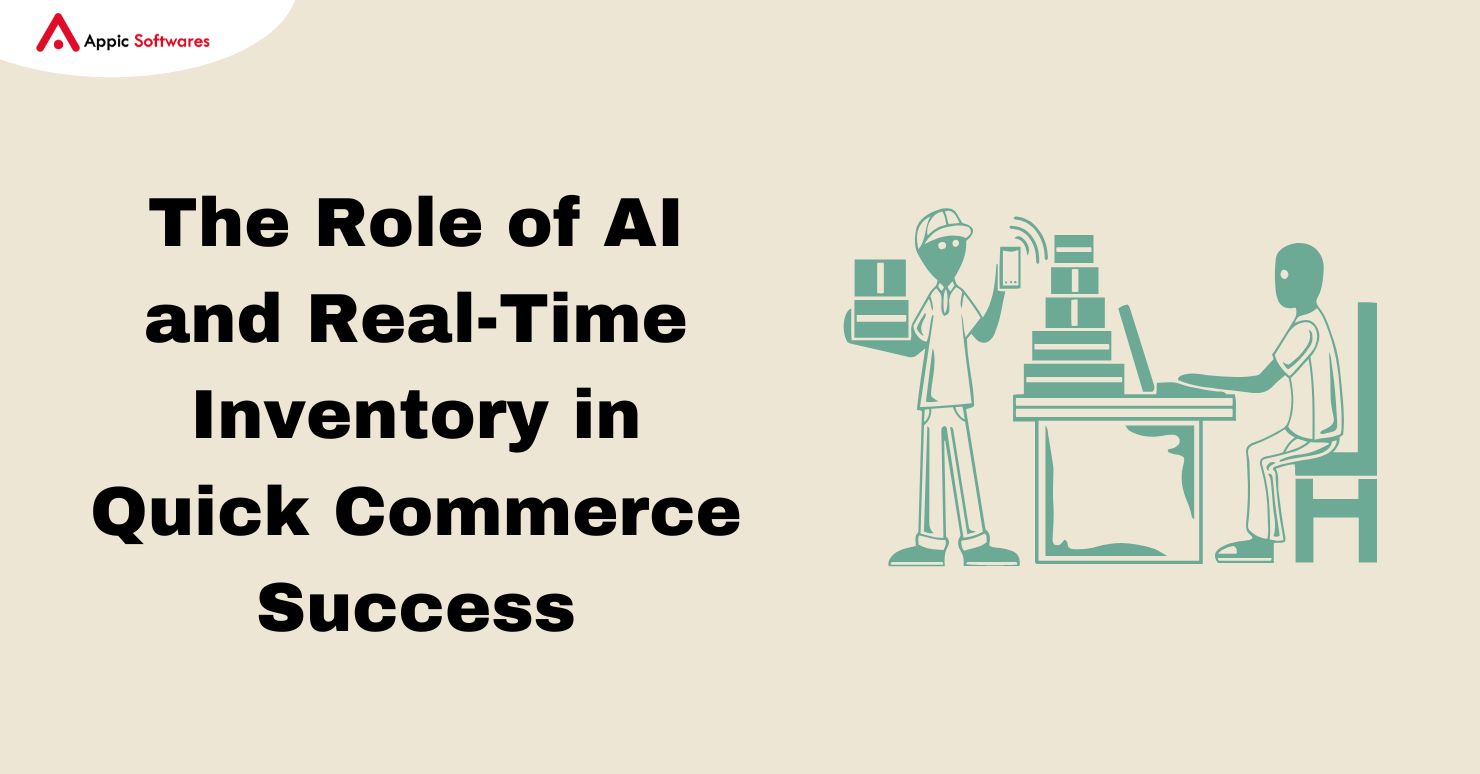
eCommerce websites require the most connectivity with third-party tools and applications of all the prevalent website categories. The majority of that is driven by eCommerce websites, which must persuade visitors to purchase their first visit while also guaranteeing payment security, payment alternatives, delivery flexibility, and a positive experience overall. There is a lot to balance!
The ability to adapt to changing priorities and meet operational requirements is provided by the business’s dedicated third-party systems for handling particular purposes. A seamless, secure, and speedy purchasing experience is provided via integrations with technologies like CRMs, DAMs, and approved Payment Gateways, which raises customer retention and satisfaction levels.
Having the appropriate CMS for your eCommerce site is essential for delivering a better consumer experience. The best strategy to encourage a purchase is to combine content and commerce. Drupal’s basic modular architecture allows for extensive integrations with a variety of third-party applications, which makes it an excellent CMS for eCommerce. Inherently, Drupal enables you to make the most of content and media to create exceptional client experiences. You will discover some essential Drupal 9 modules in this article that are necessary for managing a profitable online business.
Why Choose Drupal for E-commerce?

Drupal offers a flexible and scalable framework that allows eCommerce websites to develop and expand to their shifting business needs.
Drupal offers a flexible and scalable framework that allows eCommerce websites to develop and expand to their shifting business needs.
Drupal is a great option for e-commerce websites because of its modular architecture, which includes a lot of contributed and core modules.
- Taxonomy: You can categorize and arrange various products using this crucial feature.
- Helps with the storage, validation, and presentation of postal addresses required for delivery.
- Entity API – Supports all Drupal entities, such as users, content, products, line items, orders, etc., and a wide range of additional activities, including creating, reading, updating, and deleting (CRUD).
- The inline entity form allows you to manipulate entities inline, including products, orders, line items, and other types.
- Entity Browser: This crucial module enables easy drag-and-drop and media file reordering by making it simple to browse and choose entities. It is used by the Media module, and you can use it to conduct pertinent information searches.
- Third-party integrations – In essence, regardless of whether there is an immediately available integration module, you can integrate any third-party system with your Drupal website. A professional Drupal development company can create custom interfaces for platforms like ERP, CRM, marketing, and others in a flash.
Drupal’s biggest suit is content, therefore you can leverage the CMS to unleash the potential of both content and eCommerce. Drupal makes it easy to organize content that pertains to your products.
- Drupal Commerce 2. x is an ecosystem of modules and distribution that is primarily intended for usage with online stores (for Drupal 8.5 and higher). It has the essential components that all online stores require.
- Mobile-first architecture: By default, Drupal is now responsive. Fantastic user experiences may be easily created using Drupal for a range of devices.
- Better SEO – Because it offers so many core features and modules that can help your website’s SEO, Drupal is the perfect platform for your business to make a digital impression.
4 Must-Have Drupal Modules For Ecommerce
Inventory Management
Many firms that have benefited from a solid inventory management system have experienced significant improvements in delivery performance and general information transparency, which has led to increased sales. However, some smaller eCommerce stores still utilize manual techniques to manage inventory. Drupal Commerce has some excellent modules for inventory management as well as other commerce requirements, and it also can develop flexible and configurable APIs that can be coupled with any third-party system.
- Commerce Stock- By managing stock levels, the Drupal Commerce Stock module aids in inventory management. To stop clients from buying out-of-stock items, it verifies whether there is stock available. By changing the current stock information in the appropriate stock field, the stock can be handled through the admin interface. You can also choose to turn off stock validation for particular products. Even better, the module enables managing stock across many retailers!
- Commerce Stock Notification- When your products run out of supply, you often have no control over them. However, you can improve user experience by informing your clients when the stock is back. The Commerce Stock Notification module is a terrific addition to your collection because it updates the add-to-cart pages for products that are currently out of stock and gives consumers the option to enter their email addresses to get notifications when the stock is replenished.
Shopping Cart
Indeed, it is the type of cart without shaky wheels. Your customers’ purchases are gathered there and prepared for shipping and payment. A button to add items to the cart, a form to add items to the cart, and a page for the cart where all the items are presented along with the total price are some essential features that must be present.
- Drupal Commerce- The Drupal Commerce core contains all of these capabilities for the shopping cart and checkout, and they are all easily adaptable to your company’s needs. The order information, checkout process, and other features may all be customized and expanded with other add-on modules. The Commerce Cart Ajax, for instance, permits product deletion and quantity adjustments without requiring a page refresh. Customers can add products to their carts (and update them) with the Commerce Ajax Add to Cart module without needing to refresh the page.
- Basic Cart- The Drupal Basic Cart module is perfect for smaller, more straightforward eCommerce websites. Without having to worry about the Product SKU, you may select the content kinds that can be put into the basket. You have the option of sending emails to the administrator and the customer after the order has been processed.
Payment
Payment processing is and should be the main area of concentration for eCommerce businesses since, if done correctly and securely, it may help you win over clients. However, you risk losing consumers right away if they find this important stage to be tiresome or unsettling. To create a secure connection with the merchant account and safeguard the cardholder’s data, payment processing should be done through a secure payment gateway. Using Drupal Commerce and its multiple payment plugins or the Payment module, Drupal users can implement the two key payment platforms. Authorize.net, PayPal, Stripe, Razorpay, AmazonPay, CC Avenue, Square, Braintree, Vantiv, and many more payment processors are just a few of the ones that Drupal Commerce integrates with.
- Authorize.net- Regardless of the size of an eCommerce website, it is the most popular payment method. Even if your clients are located abroad, you can still handle bank account authorizations and card transactions for all major card brands. To start receiving payments, you’ll need to sign up for an Authorize.net account.
With the help of the Commerce Authorize.net integration module and the AIM API, you may collect credit card payments from your consumers on checkout forms. If you decide to use Authorize.net’s SIM or DPM payment methods, you might also make use of the Commerce Authorize.net SIM/DPM Payment methods module.
You can connect to Authorize.net using one of three distinct methods: AIM (Advanced Integration Method), SIM (Simple Integration Method), or DPM (Direct Post Method). Since you will be collecting credit card information on your website (for larger companies) in an AIM mode, your website needs to have an SSL certificate and other security features. When using the SIM method (ideal for smaller enterprises), your website does not need to be secure because your customer will be taken to an Authorize.net page to enter their credit card information. The DPM technique enables you to gather credit card data on your website, but it quickly sends that data (post URL) to the authorize.net servers without storing any data on your website.
- Stripe- eCommerce companies may accept payments from all over the world using our reliable cloud payment gateway. Its customized user interface toolkit, aggregated reports, and inbuilt checkout system are a few of its standout features.
By integrating Stripe’s PaymentsIntent API with Drupal, you may add payment capability to your website. Before you can install and use the module, you must have a Stripe account. A further Stripe Webform integration module provides a web form that enables building forms for subscriptions and donations that require credit card information submission.
Commerce Customers may make payments directly from your online store thanks to Stripe’s integration with Drupal Commerce. Visa, Mastercard, Amex, Discover, and other payment methods are accepted. You may also take Bitcoin payments using it! It provides a fully tokenized payment gateway, which makes card information more secure by storing it as a token. On Stripe, you can also keep track of every payment you make.
Shipping & Fulfilment
When your shipping and fulfillment services are swift and easy, your consumers will be delighted. It is extremely difficult for smaller eCommerce companies to compete with major players like Amazon since they make shipping look so simple and quick. For every eCommerce firm, having a smooth mechanism through your website to handle this service is essential.
- Commerce Shipping-
The Drupal Commerce Shipping module connects to Drupal Commerce and verifies the availability of shipping services. Depending on the chosen shipping provider, it integrates with numerous shipping services and provides shipping pricing estimations. The module must cooperate with other expanded modules, such as:
- You can specify a basic price for a flat rate service, such as Standard shipping, Expedited shipping, Free shipping, etc., using the Commerce Flat rate module. You can create your weight- or quantity-based rate calculation rules.
- Commerce To give shipping estimates for UPS shipping service, the Commerce UPS module establishes a connection with your UPS account.
- Administrators can design product tariffs based on different weights for various shipping services using the Commerce Shipping Weight Tariff module.
- You can add a form for predicting shipping costs and taxes depending on the customer’s postal code and/or state or province using the Commerce Cart Estimate module. Customers from Canada and the United States are the only ones who can use this, though.
- To find exchange rates, the Commerce Exchanger module interfaces with multiple sources of currency exchange rates.
Conclusion
Now, in the end, we hope that through this post you were able to know the must-have Drupal modules that you should have in your ecommerce store. However, if you are looking for a Drupal development company, then you should check out Appic Softwares.
We have an experienced team of Drupal developers that can help you manage and maintain your Drupal website.
You can even hire dedicated Drupal developers from us and let them manage your production. So, what are you waiting for?








